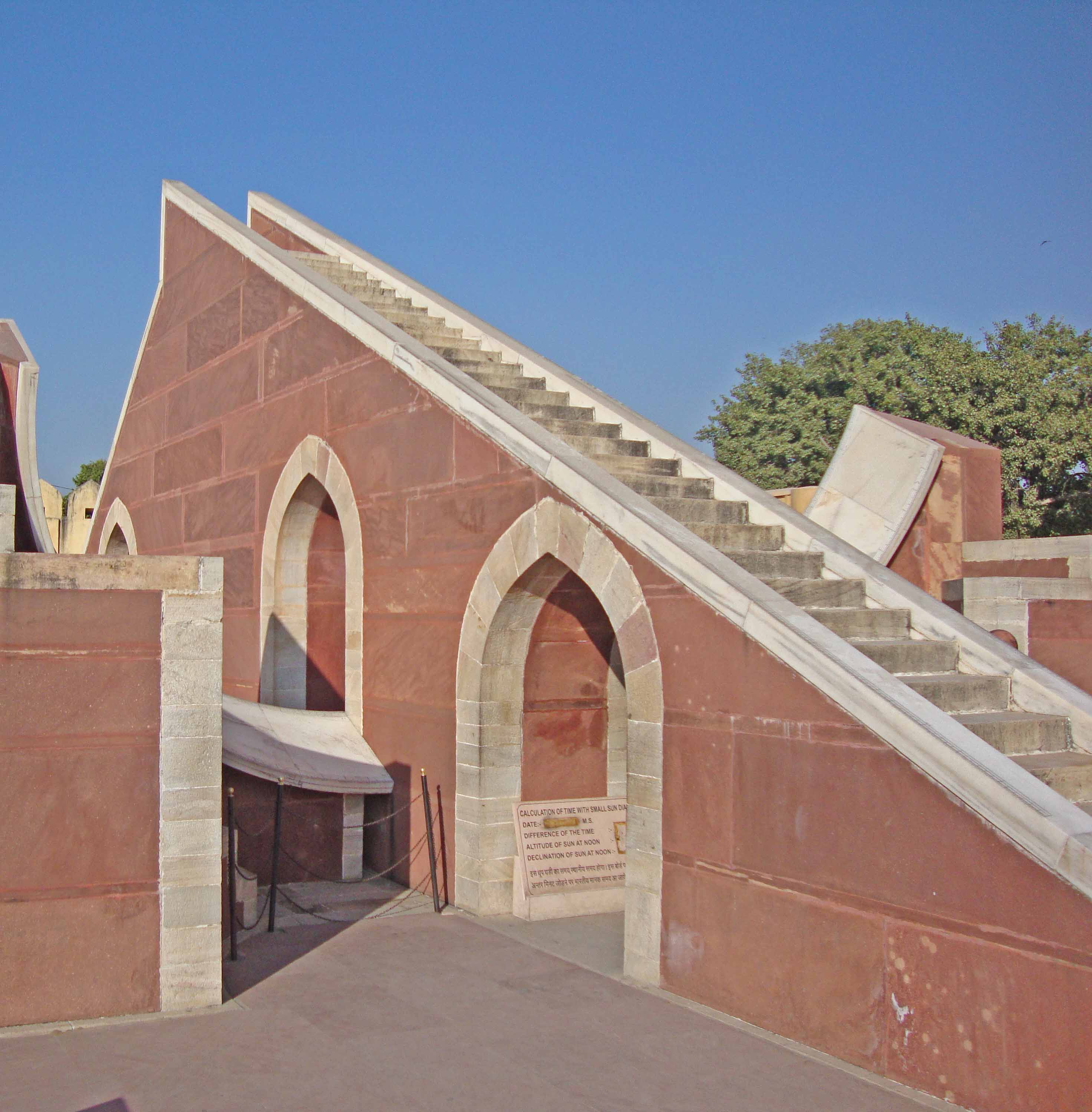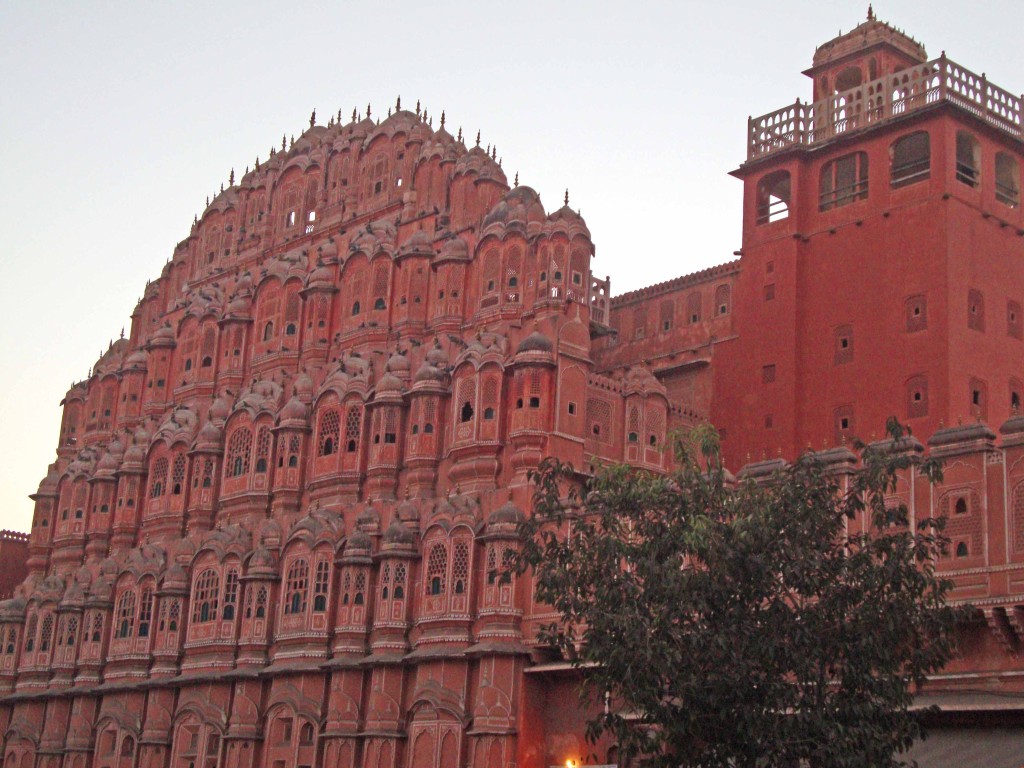There is nothing more beautiful than experiencing a glorious past amidst magnificent monuments and vibrant heritage sites. Well, as soon as one enters the original walled city of India and capital of Rajasthan — Jaipur, the bygone era comes alive in front of your eyes.
Historically speaking, the city of Jaipur was founded by Maharaja Sawai Jai Singh II, the ruler of Amber in early 1700s, after whom the city gets its moniker. The king built this city by using the ancient art of Vastu Shastra, and being a follower of astrophysics he even applied the architectural principles in the construction. It is one of the most well-planned cities of India, and the rulers built a series of palaces, lakes and forts secured by thick sandstone walls across all corners. Even in those times, this city boasted of sprawling gardens, well-defined water and drainage system, and even had an advanced observatory known as the Jantar Mantar.
While roaming in Jaipur, you’ll come across many significant structures scattered in the city, and you might wonder that if only those rocky walls of the towering forts and havelis could speak, they would tell the tales of a time when robust Rajputana kings with their beautiful maharanis flourished in benevolence.
The main forts in the vicinity of the city are — the Hawa Mahal, the Jaigarh Fort, the Nahargarh Fort and the Amber Fort. These centuries-old palace complexes stand tall in solid red-coloured sandstone, and showcase the brilliant Indo-persian influenced architectural designs in the form of tombs, arches and windows.
In the heart of Jaipur is the City Palace complex, the once-upon-a-time abode of the royal family ofJaipur. The complex is divided into Chandra Mahal, Mubarak Mahal, Diwan-i-aam, Diwan-i-khas, Maharani palace and Govind temple.
Here, you can also check out the colourful peacock gate with intricate mirror work that leads to the Chandra Mahal. A major part of the palace was later converted into the museum, where tourists can see the preserved artilleries, paintings, photographs and ensembles of the royal family. It is believed that the ceiling of the Maharani palace, which is now the armoury and weapons section in the museum, was carved in pure gold and mirrors.
The other interesting and old museum in the city is the Albert Hall museum, situated outside the Ram Niwas garden and it has a rich collection of artefacts like paintings, carpets, ivory, metal sculptures and precious stones.
The trip to Jaipur is incomplete if you don’t try the delicious Rajasthani food that includes Dal baati churma, Bajre ki roti, Bikaneri Bhujia, Mirchi Bada and Pyaaj Kachori.
This fascinating land of kings and queens is as vibrant as the colourful Rajasthani culture, and each visit to this city will leave you asking for more.
~JB


